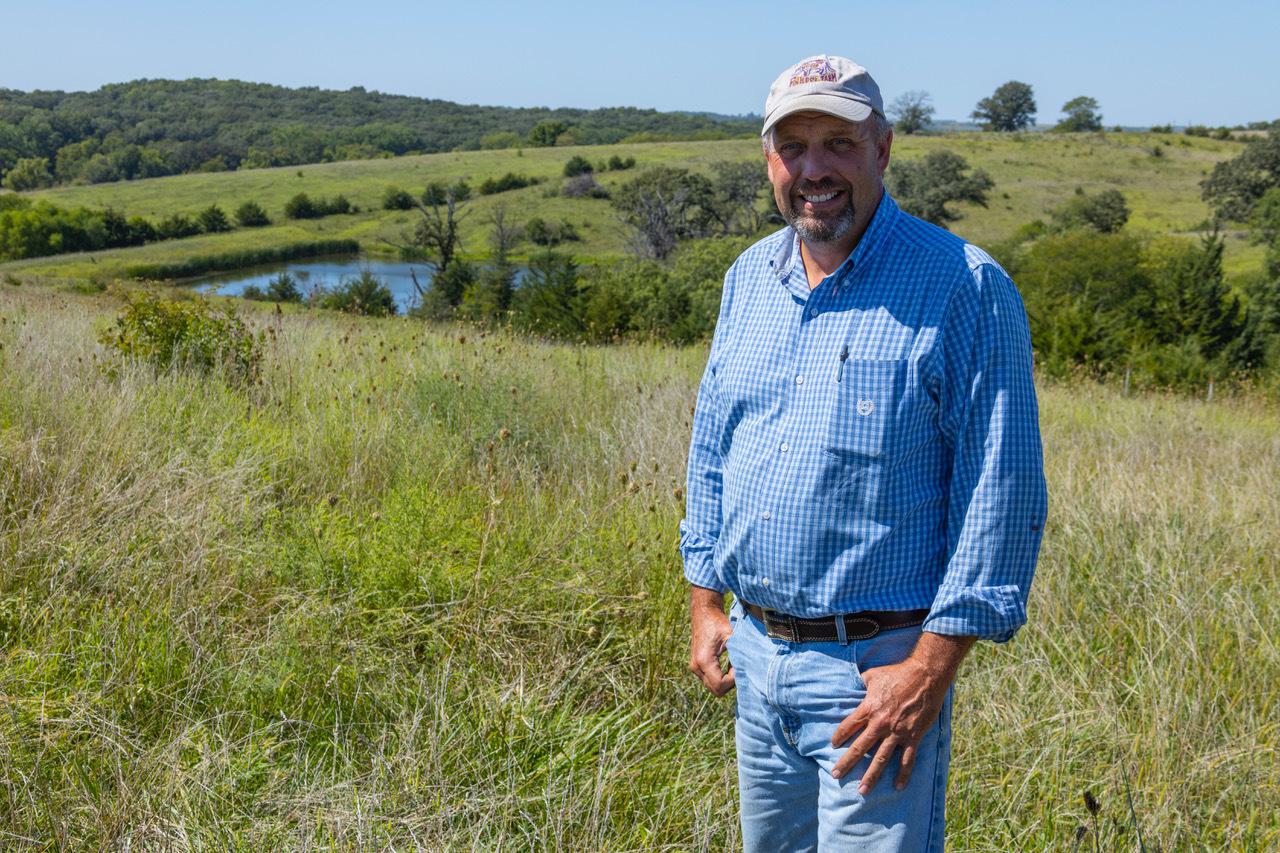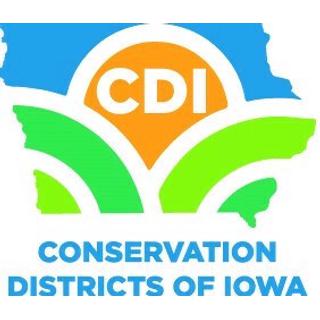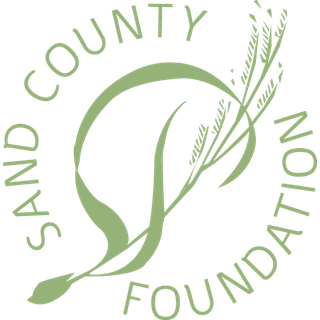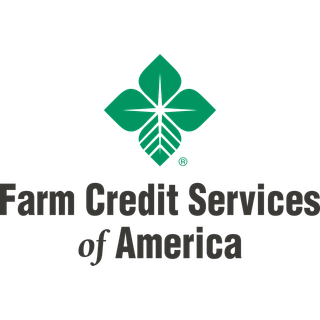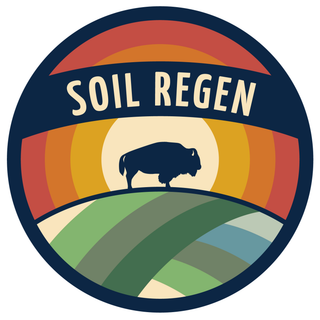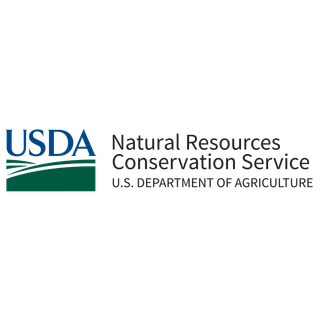Watch the inspiring conservation story of Pinhook Farm
Seth Watkins was 10 years old when he nursed a cold, muddy calf back to health in the warmth of the family farmhouse with a shot of Bourbon. It was a formative event for a young caretaker who now uses cattle to help heal his farm’s landscape.
The land Seth farms with his wife Christy, and children Spencer and Tatum, has been in his family since 1848. His ancestors inherited deep, rich soils on the Southern Iowa Drift Plain, but that changed over time. Prairie was plowed under to grow corn. Erosion from gullies and ditches increased while biodiversity diminished.
When Seth inherited and bought parts of what would become Pinhook Farm in the 1990s, he had a different vision. He would emulate how Native Americans once stewarded the land by not tilling it, and return much of it to grass to rotationally graze livestock rather than grow row crops.
Yet Seth knew he couldn’t attain sustainability without profitability. Early in his career he created a business plan that convinced Fontanelle Hybrids to buy enough land in Iowa to graze 450 beef cattle that he would manage. Today, Seth manages about 900 acres of crops, prairie, and forests for other landowners across Page, Taylor and Adams counties. The Watkins own 320 acres and rent 2,790 acres to grow the grass, hay and corn needed to feed their herd of 600 beef cow-calf pairs.
Early on, Seth seeded new pastures for rotational grazing, and used cover crops and a no-till cropping system to reduce erosion while increasing the soil’s capacity to infiltrate and hold water. He relied on geospatial technology to determine which conservation practices would benefit different parts of the farm.
Seth removed ditches, built 14 ponds and established a wetland to naturally drain hundreds of acres of his farmland. Another 42 ponds have been built on land under his management. To diversify his farm’s income and provide wildlife habitat, Seth regularly plants nut and fruit-bearing trees around ponds that are restricted from livestock.
Seth credits his conservation ethic to having artistic parents, and to his own love of learning. Although the 1980s farm crisis denied him a college education, he’s as an avid reader and regular participant in on-farm research projects related to growing cover crops and integrating prairie strips into crop fields.
Seth will be first to tell you his neighbors think he’s crazy. That doesn’t stop him from doing right by the land, and talking about it to anybody who will listen. That includes his advocacy for getting more marginal farmland enrolled into the federal Conservation Reserve Program for environmentally-sensitive areas.
The 100 acres enrolled in CRP at Pinhook Farm are restored prairies and windbreaks, shallow water habitats, and riparian buffers. All of these areas have seen in influx of songbirds, Monarch butterflies and beneficial pollinators.
In looking to the future, the Watkins entered into a permanent conservation easement that ensures Pinhook Farm will always be protected from the plow.
As for the calf that was nursed with Bourbon. Seth named her Scotch, and she lived to the ripe old age of 15.
Just as Pinhook Farm’s landscape has evolved, Seth says he always thought cattle were what he loved about agriculture, but he’s come to see it’s the land he truly loves.
